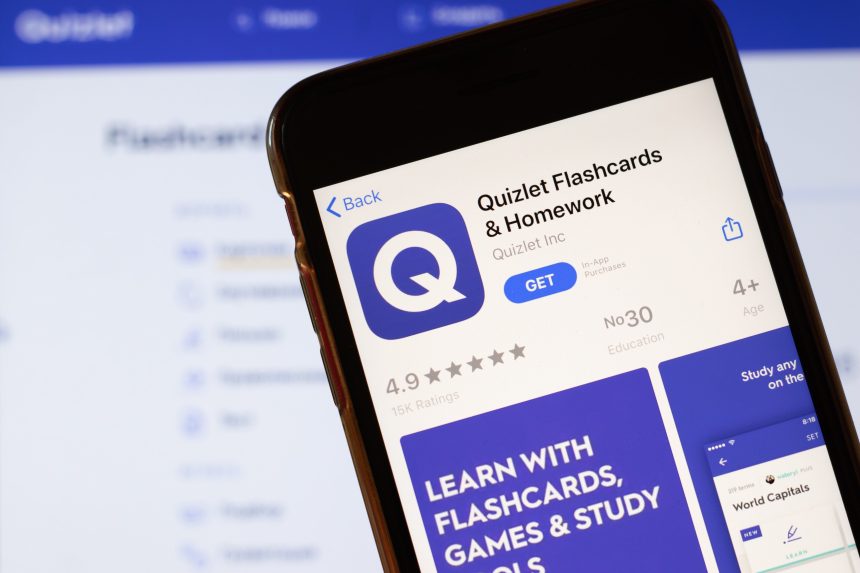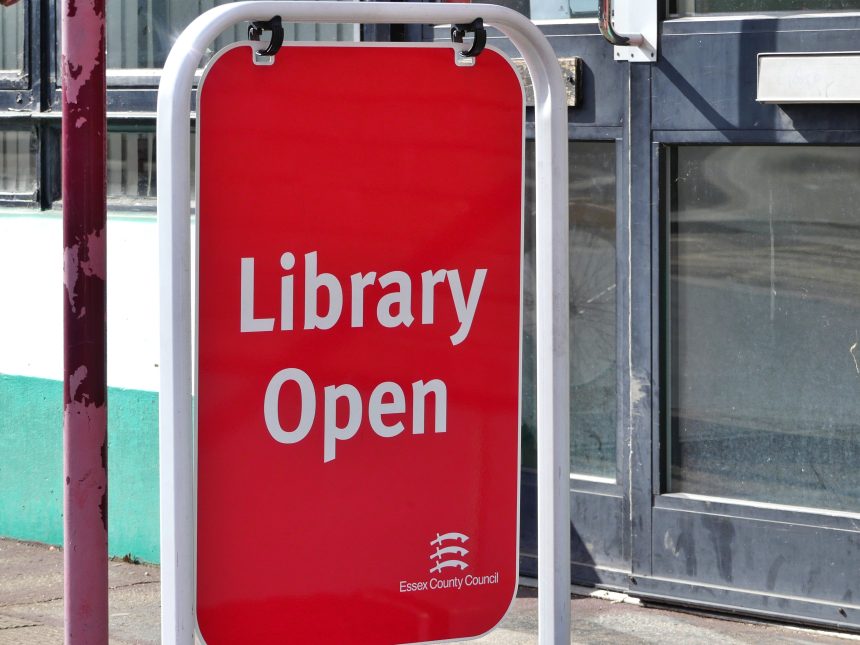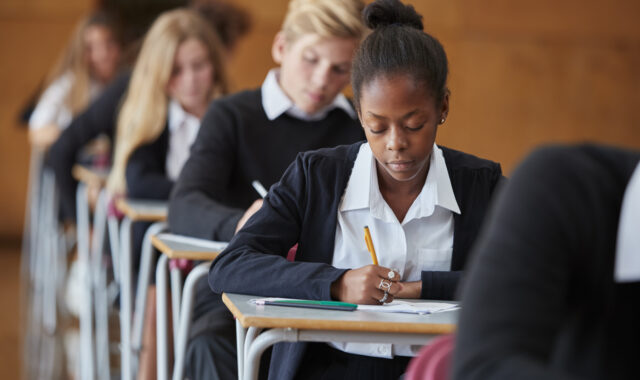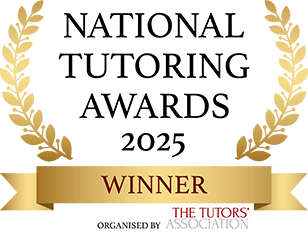Contents:
The biggest mistake I have made in the Year 11 to 12 transition is to assume that the children who left my classroom at the end of Year 11 would return as adults at the start of Year 12, mysteriously transformed into motivated, independent learners over that long summer break. Nothing could be further from the truth.
Year 12 students do tend to be more motivated, they’ve made the choice to study your subject, after all. They may have developed some effective study strategies through preparing for their GCSE exams (if they sat them), but it’s equally likely that they simply crammed for these, or used popular, but ineffective techniques to study. For me, the biggest differences in teaching sixth form students are supporting them to become effective independent learners, and really developing their disciplinary knowledge, skills and understanding to a much deeper level. The latter will vary hugely from subject to subject so this post focuses mostly on developing independence.
The fundamentals of effective teaching and learning are the same at any level – secure necessary prior knowledge, clear explanations, checking for understanding, giving plenty of opportunity for practice – and are helpfully set out in Rosenshine’s Principles of Instruction. These principles and techniques should be the bread and butter of classroom practice whatever year group we are teaching. So what would I do differently with Year 12 to foster greater independence and scholarship?
I have always made it clear to Year 12 students that they are expected to complete more independent study than previously – I used to tell them this in September with some vague references to ‘reading around the subject’, doing practice questions and ‘reviewing learning regularly’. It became apparent that, as with all instruction, students require clear explanations, modelling, concrete examples etc. to enable them to follow these instructions, so I have started to set out a more structured timetable for independent study and to spend lesson time in explaining and modelling what I mean. I’ve broken this down into four strands which students are expected to engage with each week.
1. Review learning regularly
Students are expected to review and condense the core information from their recent learning using a strategy such as Cornell note taking or making flashcards. I have modelled these techniques and given time for students to practise them in the classroom, as well as sharing a video about Cornell note taking which they can refer back to at home.

2. Additional practice of questions
I signpost additional practice questions (relevant to current or prior learning) for students to complete. I make sure these are either online self-marking questions or that I provide answers along with them so that students can check their answers. I encourage students to do as much as they can from memory, rather than quickly reaching for their notes for support. This encourages retrieval and also helps students to identify which types of questions or topic areas they have a less secure understanding of and should focus on in future study.
3. Independent retrieval practice
Having explained the benefits of retrieval practice and modelled techniques for doing this during lessons (testing knowledge using flashcards, questions from Cornell notes, or doing a brain dump of everything remembered from a particular topic area) students are encouraged to spend time at home on retrieval practice. The important features being that they are recalling from memory and reviewing their answers to focus future retrieval on less secure areas. Particularly with the brain dump technique they are encouraged to review with their notes and create flash cards of information they forgot or got wrong which can then be used to practice this knowledge until it is secure.

4. Additional reading or watching
A feature of scholarship is an enquiring mind which explores both the breadth and depth of a subject. One way to develop this scholarship is through reading. This can also support students in developing their understanding of core knowledge through reading about concepts from a variety of sources.
I direct students to reading in two categories. Firstly, to texts which will support their understanding of core course content – this may be a textbook extract or a webpage which has an especially good explanation, sometimes it might be a particularly helpful video to watch. Secondly, I share examples of reading from the hinterland of the subject. A particularly interesting context or example of core content, perhaps recent discoveries or things in the news which relate to the core content but are additional to it. I also encourage students to read publications such as Chemistry Review or New Scientist. The aims of this reading are to deepen students’ understanding, but more importantly to open their eyes to the great breadth of the subject which can’t possibly be taught through the school curriculum.
This approach is in its early days, but there have been promising signs that students are starting to develop better study habits than previous cohorts and they also seem to be more aware of gaps in their own knowledge, and we’ve had some great conversations about some of their wider reading!







Comments